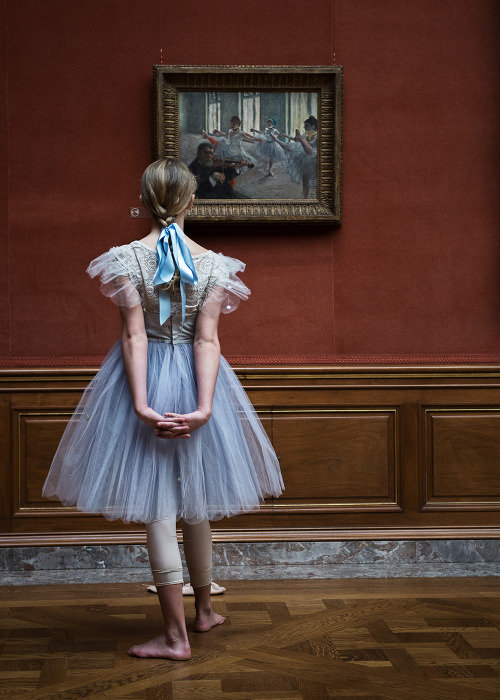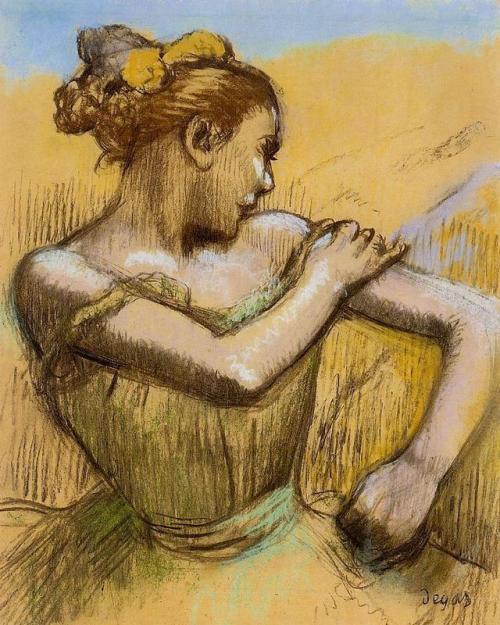#edgar degas
Edgar Degas (French, 1834-1917), Portrait d'artiste (Léon Bonnat), c.1863. Oil on board, 77.5 x 50.5 cm.
Léon Bonnat (1833-1922) was a French painter
Post link
Edgar Degas (1834-1917) - Femme en peignoir bleu le torse découvert
Oil on canvas. Painted c.1887-90.
36.25 x 16.5 inches, 92.1 x 41.9 cm. Estimate: US$1,200,000-1,800,000.
Sold Christie’s, New York, 12 May 2022 for US$2,940,000 incl B.P.
Part of the Anne H. Bass Collection.
Anne Hendricks Bass (1941-2020) was a philanthropist and arts patron and former wife of the Texas oil billionaire Sid Bass. The twelve works in this sale include three Monets, two Rothkos, and a pastel, an oil and a sculpture by Degas. All adorned her 5th Avenue New York apartment. They have a combined estimate of between US$243-361 million. All lots sold for a buyer’s premium-inclusive total of US$363,087,500.
The 136-page catalogue (144.4 MB) is available as a free pdf. Lots of informative text, supporting photos of other works of art, and the collection in situ in her residence. Simply pop the following into a new window:
dubdubdubdot christies.com/PDF/catalog/2022/NYR21517_SaleCat.pdf
Post link
Edgar Degas,Musiciens à l'orchestre (Musican in the opera)
c. 1874-1876, oil on canvas, 69 x 49 cm, Städelsches Kunstinstitut, Frankfurt, Germany
Post link
“Mandodari”
Part 7 of ‘Desi Remix’ [Remix of Young Spartans by Edgar Degas]
Queen Mandodari was the wife of king Ravana, the antagonist from the Hindu epic, Ramayana. Ravana was a man of many flaws, but despite all of them, Mandodari was the type of women to always lead her husband towards righteousness. When Ravana kidnaps Sita, wife of Lord Rama, she advises him to return Sita back to Rama. In a fit of rage, Ravana threatens to kill Sita unless she marries him. Just as he is about to raise his weapon, Mandodari interferes, refusing to let him cause Sita any harm. She saves Sita’s life and explains the severity of Ravana’s actions by telling him that the murder of a woman is a heinous sin.
Persistent in doing what’s right, when all attempts at returning Sita peacefully fail, she’s the last person to make a final attempt at dissuading her husband from war. Despite her efforts not always being fruitful, it is the thought that counts.
As writer Dhanalakshmi Ayyer puts it:
“Her story is a reminder that the universal denigration of a group, based on the behavior of a few, cannot cloud the greatness of the individual. Mandodari defies the stereotype of this racism. She is simple, unswerving, and self-effacing, driven by the light of knowledge which gives meaning to solid materialism in an age that is shrouded by impulse, passion, and desire. She is the instrument that awakens the mind and counsels reason when irrationality becomes the core being.“
Instagram | Print Inquiries: [email protected]
Post link
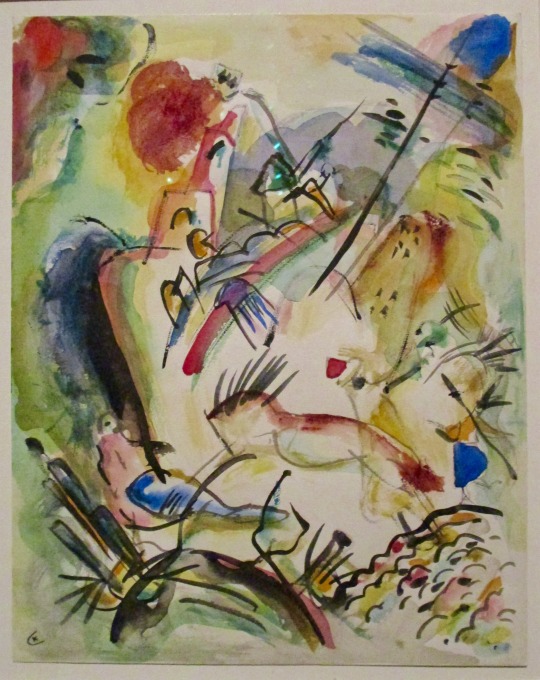
So just after leaving the El Greco show at the Art Institute, I stopped by the Prints and Drawings department to see what was up, and was delighted to discover a quiet little show with some really wonderful work in it. This little watercolor “drawing” by Kandinsky was just inside the door, and after looking at huge, religiously-themed paintings at a massive scale, it was sweet to encounter a piece of art that measured in inches, not feet, filled with a sense of play and exploration.
In general, I love the Prints and Drawings galleries at the Art Institute, and not just because I like printmaking as a medium, but because of the typically more intimate nature of the work there. In these days when young artists tend to work on computers and tablets, the sense of a pencil or pen scratching the surface of a piece of paper is quickly disappearing. So I love the intimacy and sense of the haptic that is present in drawings. I can feel a sense of the artist’s actual hand in these works.
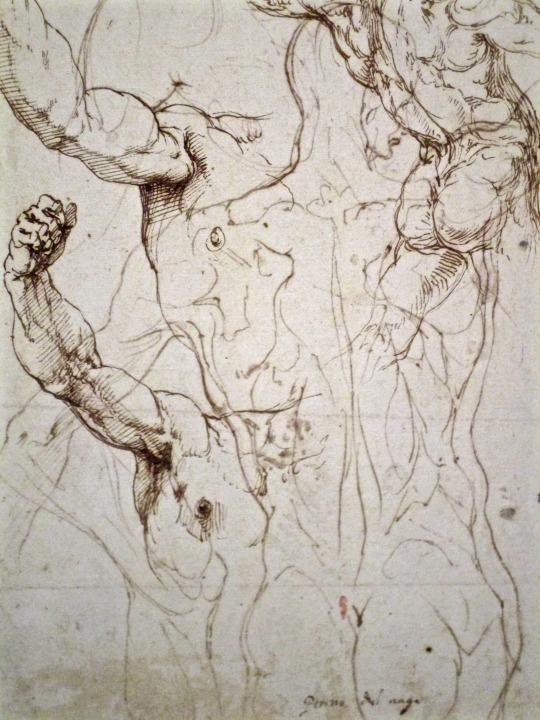
Drawings and sketches and little works in progress always fascinate me: things made on the way to making something else. And I don’t have to wait for the 20th century to find things that are collaged and mixed together in an abstract way. These little figure sketches contain two butt shots, and two lifted right arms, complete with nipple, a sexy little jumble of lines never intended as an art object in and of itself, but lyrical and specific as any complete piece.
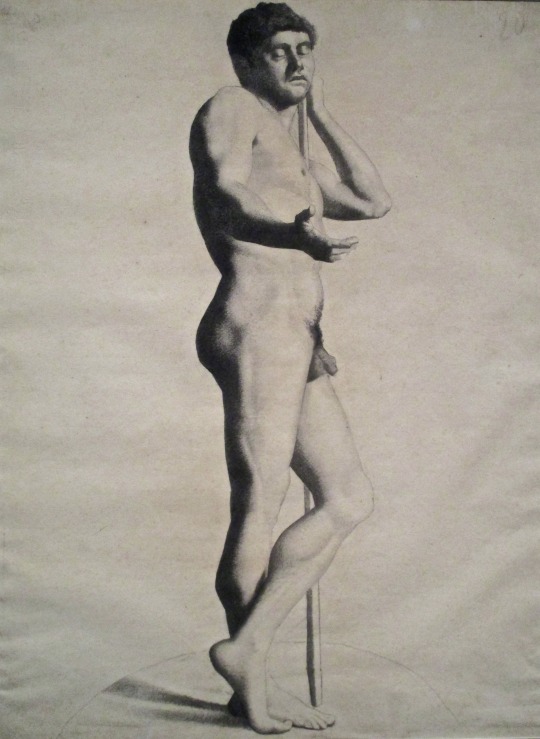
Sometimes, we encounter a side of an artist we don’t expect when we see a drawing they did. George Seurat, for example, did a great deal of drawing, but seeing this academic nude study by Seurat is absolutely a surprise. It is so unlike his characteristic work as to be shocking.

But Seurat did plenty of later drawings, often on very rough paper, so that the charcoal would break up into little lines, not unlike the dots of color that inhabit his paintings. His drawings demonstrate his skills as a draughtsman and his sense of form, something that gets a bit lost in his explorations of light and color.

And I loved this drawing by Degas, two studies of a singer, no doubt in preparation for a painting of the subject. The use of charcoal and white chalk on creme paper allows him to go for both shadow and highlight. and capture small details in his figure that will contribute to the final painting: a loose wisp of hair in the figure on the right, or the line of the clavicle in the figure on the left, or the way her corset shows through the front of her dress. David Hockney said that the camera does not encourage “slow looking” the way that drawing does. I found myself drawn to linger over these works, looking at them as slowly as the artists must have been looking at their chosen subjects.

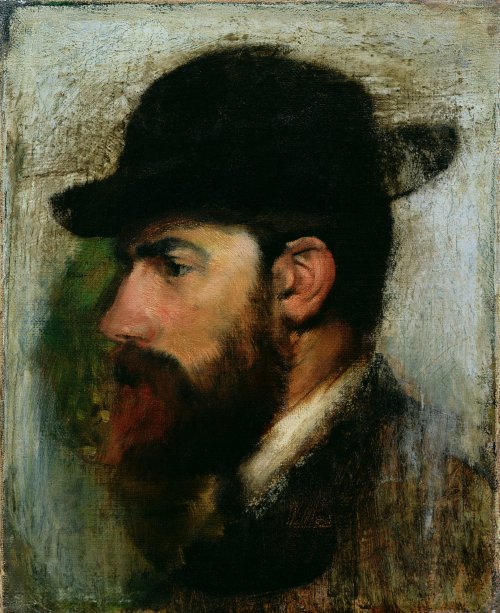
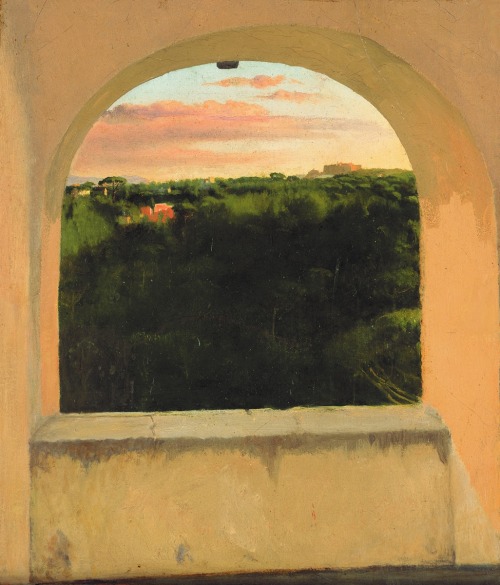
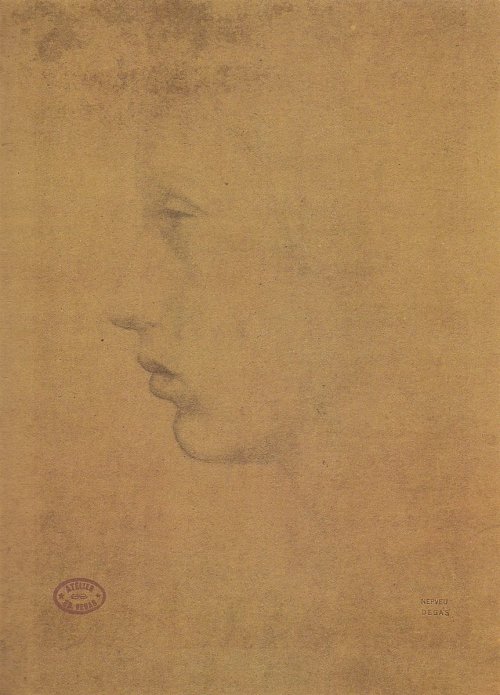
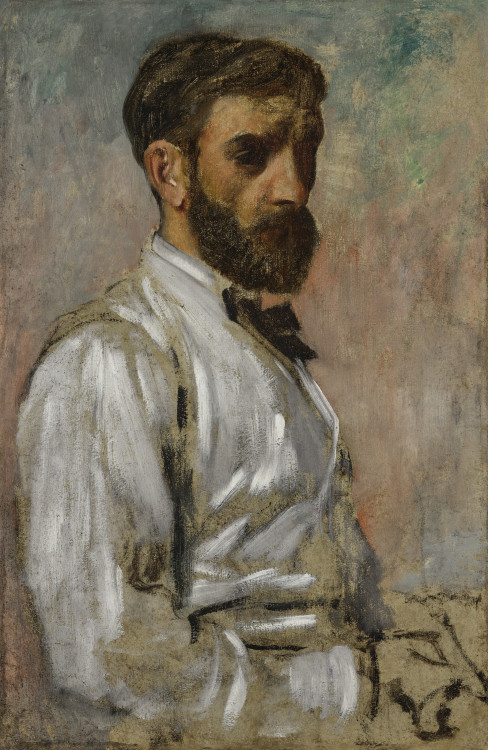




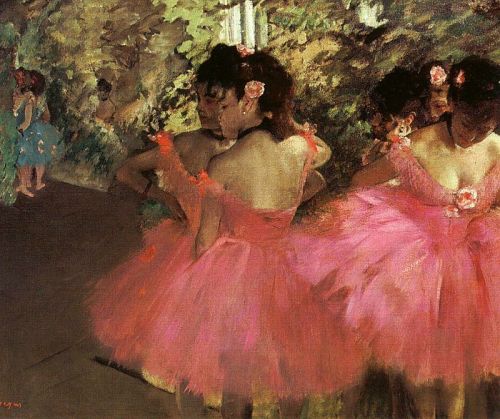

![“Mandodari” Part 7 of ‘Desi Remix’ [Remix of Young Spartans by Edgar Degas]Queen Mandodari was the w “Mandodari” Part 7 of ‘Desi Remix’ [Remix of Young Spartans by Edgar Degas]Queen Mandodari was the w](https://64.media.tumblr.com/8d608f923327c9801dab94ac7560e500/tumblr_ozmtpwp6da1s2xw6vo1_500.jpg)
![“Mandodari” Part 7 of ‘Desi Remix’ [Remix of Young Spartans by Edgar Degas]Queen Mandodari was the w “Mandodari” Part 7 of ‘Desi Remix’ [Remix of Young Spartans by Edgar Degas]Queen Mandodari was the w](https://64.media.tumblr.com/358ab2a888221dfb10d77c583ed005bf/tumblr_ozmtpwp6da1s2xw6vo2_500.jpg)
![“Mandodari” Part 7 of ‘Desi Remix’ [Remix of Young Spartans by Edgar Degas]Queen Mandodari was the w “Mandodari” Part 7 of ‘Desi Remix’ [Remix of Young Spartans by Edgar Degas]Queen Mandodari was the w](https://64.media.tumblr.com/ef466b91650c763c152b6b55c3193816/tumblr_ozmtpwp6da1s2xw6vo3_500.jpg)
